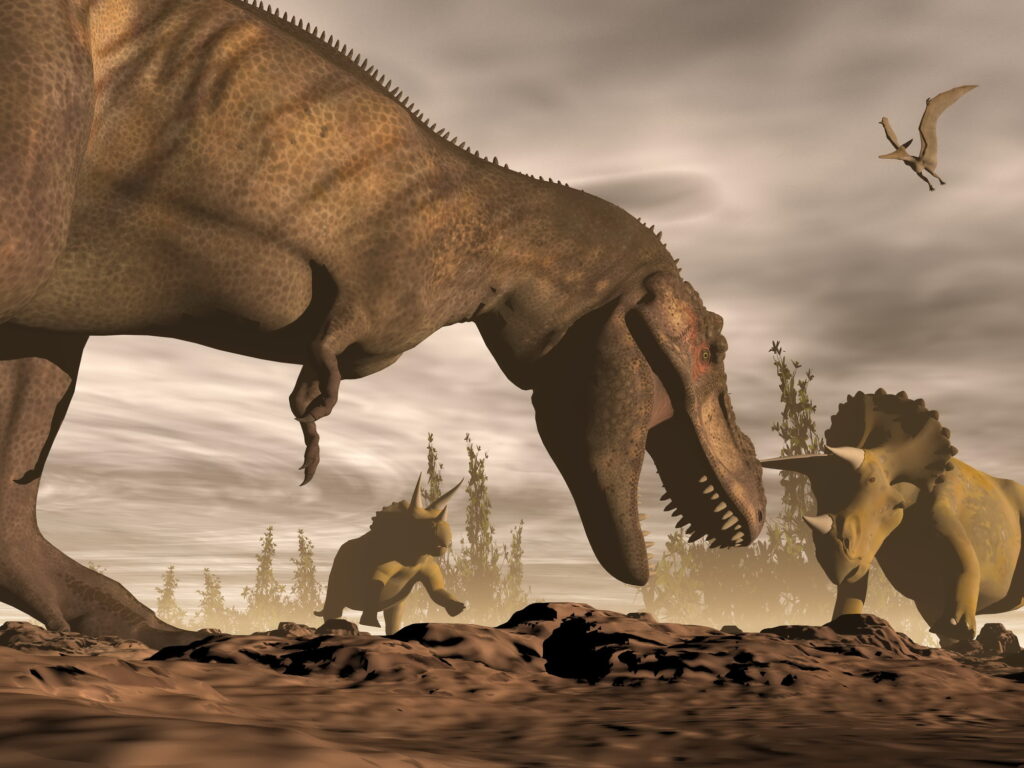Dust resulting from an asteroid impact off the coast of what is now Mexico 66 million years ago darkened the sky for years and led to the extinction of dinosaurs, according to a recent study.
The asteroid impact caused the extinction of three-quarters of the planet's nature, including dinosaurs, but the exact nature of the phenomenon caused by the Chicxulub asteroid has generated debate.
The most recent theories suggest that the sulfur released by the impact, or the soot generated by colossal fires, blocked sunlight and plunged the world into a long winter.
The hypothesis that sulfur, and not dust, may have changed the climate gained ground, because it was thought that this dust was not the right size “to remain in the atmosphere”, a co-author explained to France-Presse (AFP). of the study, Ozgur Karatekin, researcher at the Royal Observatory of Belgium.
An international team of scientists managed to identify dust particles from the asteroid impact, found at the Tanis paleontological site, in North Dakota, in the United States, which measure between 0,8 and 8 micrometers.
By plugging the data into climate models similar to those used today, the researchers determined that this dust played a much larger role than previously estimated.
The fine silica dust (pulverized sand) will have persisted in the atmosphere for fifteen years and the lack of light will have caused average temperatures to drop by up to 15 degrees Celsius, according to the study published in the journal Nature Geoscience.
The simulations revealed that of the total amount of material projected into the atmosphere, three-quarters were made up of dust, 24% sulfur and just 1% soot.
The dust particles “completely prevented photosynthesis” in plants for at least a year, leading to a “catastrophic collapse” of life, Karatekin said.
The theory that the asteroid impact changing the climate caused the extinction of life on Earth emerged in the 1980s, by Luis and Walter Alvarez, father and son.
This hypothesis was doubted until the discovery, ten years later, of the enormous crater caused by Chicxulub, on the current Mexican Yucatán peninsula.



















Comments